Sneezing & Runny Nose? Do These 3 Key Steps Right to Ease Rhinitis
Treatise on Causes and Manifestations of Various Diseases records: “In spring, there are many nasal ailments.”
2025/04/09
Spring feast, a cup of green wine and a song repeated
Rhinitis arrives, a symphony of sneezes and tears flowing
All I did was admire the blooming tulips in the park,
But the next day, my nasal cavity started its "symphony of sneezes."
Eyes red, itchy…
Who has been caught in this?
Treatise on Causes and Manifestations of Various Diseases records: “In spring, there are many nasal ailments.”
The ancients did not deceive me.
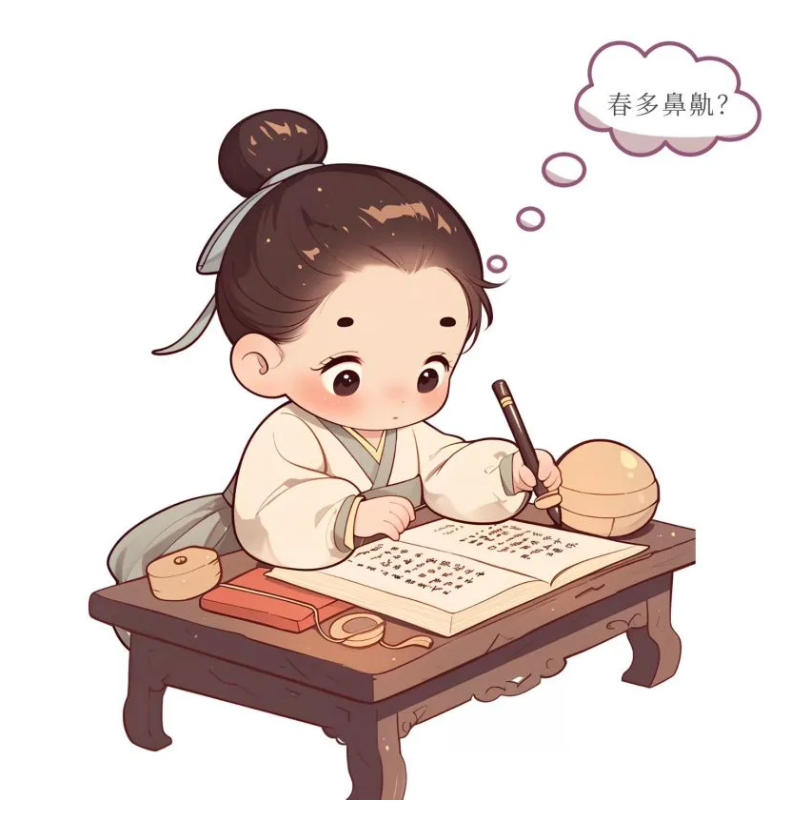
The TCM (Traditional Chinese Medicine) holds that nasal discharge is called “jiu,”sneezing is referred to as “ti,” and alternating blockage of nostrils is termed “zhi.”Therefore, rhinitis can be classified as “nasal jiu,” “jiu ti,” and “nasal zhi.”
Rhinitis, a common chronic condition, has complex causes.
One perspective suggests that the onset of rhinitis is related to deficiencies in the lungs, spleen, and kidneys, making the body less capable of adapting to the external environment.
In other words, if the functions of the lungs, spleen, and kidneys are inadequate or disordered, along with external factors, rhinitis can easily occur.
Long-term rhinitis can cause significant distress and harm to both adults and children, especially in cases of seasonal, allergic, and chronic rhinitis.
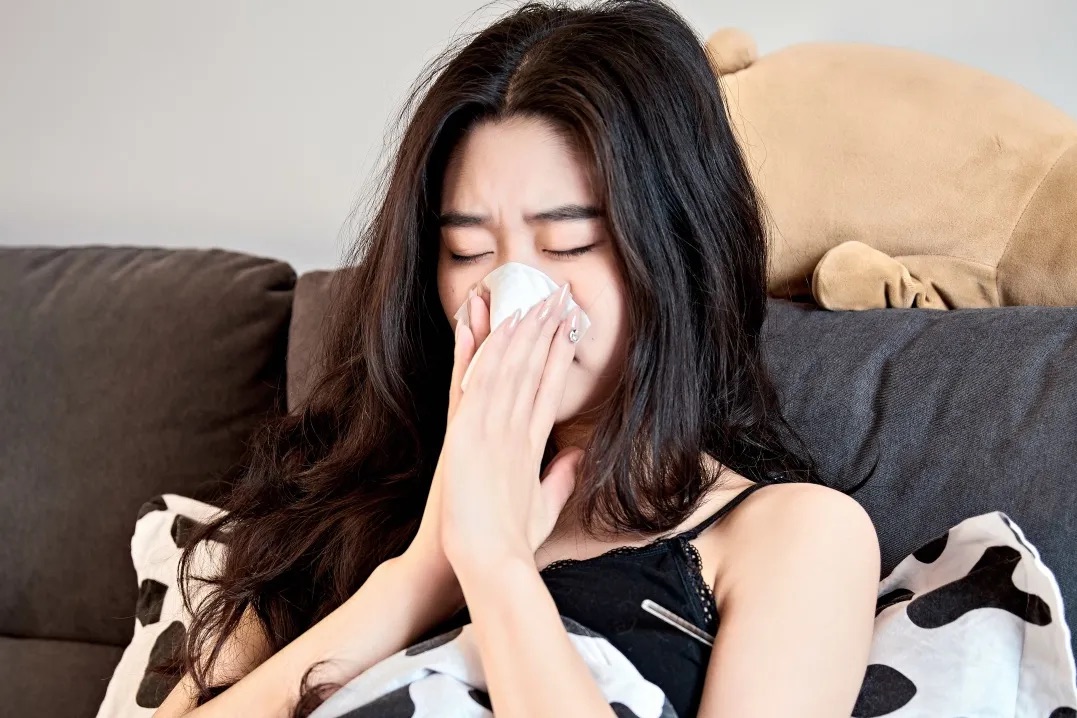
Why is “spring” particularly prone to triggering rhinitis?
1.Spleen-Stomach Dysfunction
Abnormal gastrointestinal function can affect digestion and absorption, leading to decreased immunity, making the body susceptible to external pathogens, resulting in allergic rhinitis and chronic sinusitis.
2.Immune System Disorders
Frequent colds and allergic constitutions can lead to hypersensitivity of the nasal mucosa, resulting in excessive reactions to external stimuli such as pollen and dust mites.
3.Environment & Habits
Dry weather, air pollution, and cold foods can worsen nasal inflammation.
In summary, the temperature in spring fluctuates unpredictably, alternating between cold and warm, lacking regularity, which can easily harm the nasal mucosa.
Although spring symbolizes vitality, with the warmth and blooming flowers also comes the increase of allergens. Coupled with significant temperature fluctuations, this makes it easy for rhinitis to recur.
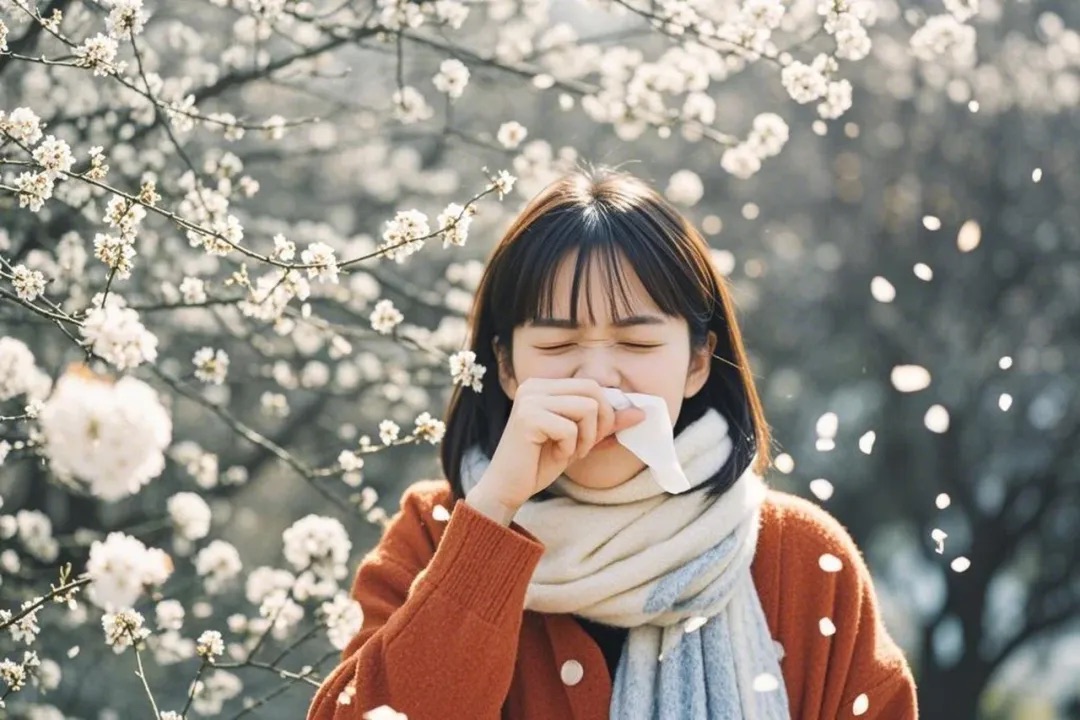
How to “prevent and treat” spring rhinitis?
1.TCM Internal Treatment and Treatment with Syndrome Differentiation
1.1 Lung Qi Deficiency and Cold
Symptoms: Some individuals have weak lung qi, feel cold, and have low defense capabilities, making them easily susceptible to wind-cold invasion. Symptoms include nasal itching, sneezing, clear nasal discharge, cold sensitivity, and fatigue.
Treatment: Warm the lungs, disperse cold, boost qi to consolidate the exterior.
Formula: Modified Wen Fei Zhi Liu Dan.
1.2 Spleen Qi Deficiency
Symptoms: A weak spleen leads to insufficient qi and blood; the clear qi in the body cannot rise, and dampness cannot be transformed properly, depriving the nose of adequate nourishment. Symptoms include severe nasal congestion, white sticky nasal discharge, poor appetite, abdominal distention, and sloppy stools.
Treatment: Tonify qi and strengthen the spleen, upraise the middle qi and unblock the orifices.
Formula: Modified Bu Zhong Yi Qi Tang.
1.3 Kidney Yang Deficiency
Symptoms: Insufficient kidney yang causes a loss of warmth and protection, lowering defense and making it easy for external pathogens to invade. Symptoms include nasal itching, sneezing, persistent clear discharge, fatigue in the lower back and knees, and frequent night urination.
Treatment: Warm and tonify kidney yang, promote qi and transform dampness.
Formula: Modified Zhen Wu Tang.
(Source: National TCM Higher Education "13th Five-Year Plan" Teaching Material)
Internal Medicine of Traditional Chinese Medicine
Individual conditions vary; specific medication should be consulted with a professional physician for syndrome differentiation and treatment.
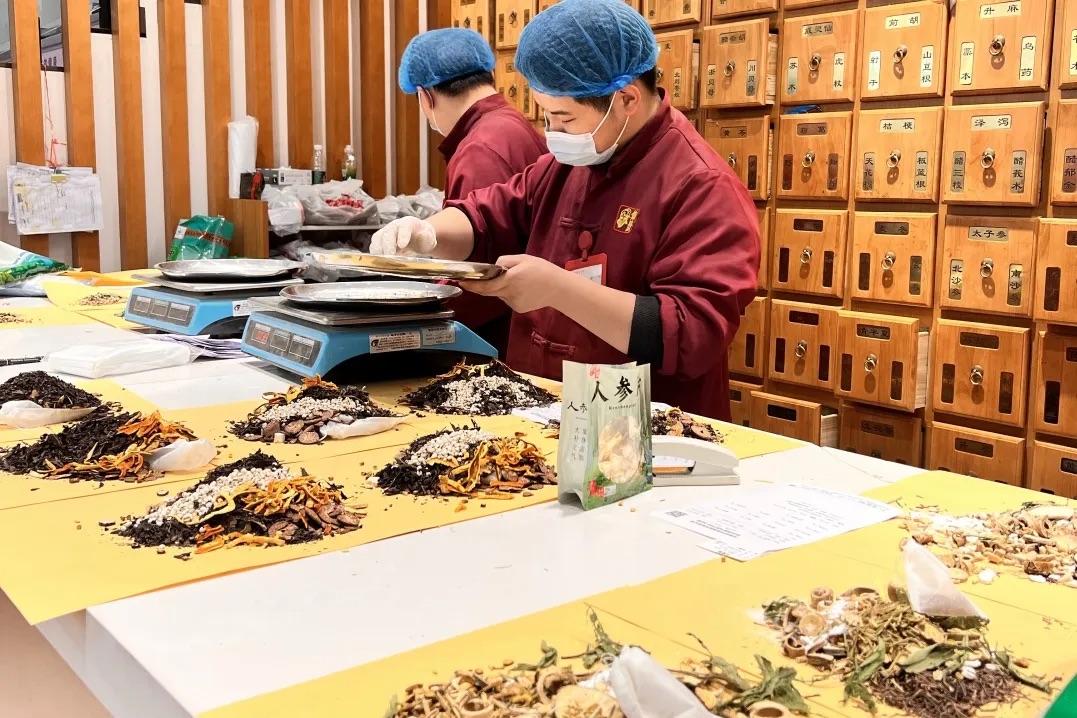
2. Homology of Medicine and ood
Brown Sugar Ginger Jujube Tea:
Rhizoma Zingiberis Recens*4 Slices, Fructus Jujubae*5, appropriate amount of brown sugar. Boil in water and drink hot. Warms yang, free the collateral vessels, and dispels cold pathogens.
Tangerine Peel Ginseng Tea:
Pericarpium Citri Reticulatae*15g, Radix Panacis Quinquefolii*10g, Radix Codonopsis*10g. Boil and consume. It can tonify the lungs and spleen, regulates qi and resolves dampness.
(Source: Chinese TCM Official Account)
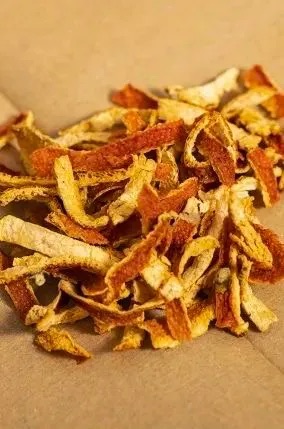
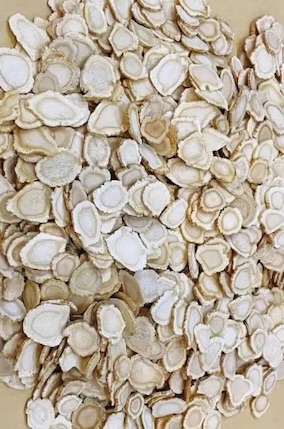
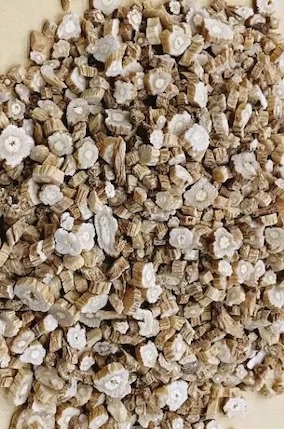
Pericarpium Citri Reticulatae Radix Panacis Quinquefolii Radix Codonopsis
3. TCM External Treatment
3.1 Moxibustion
(1)Feishu Acupoint
This acupoint is commonly used for treating respiratory diseases. Moxibustion at this point helps enhance lung function and improve the body’s resistance, especially suitable for respiratory diseases caused by cold pathogens like allergic rhinitis and colds.
(2)Pishu Acupoint
Moxibustion here helps strengthen the spleen and resolve dampness, enhancing the spleen and stomach’s functions and indirectly assisting in treating related rhinitis.
(3)Shenshu Acupoint
The kidneys are the source of innate vitality. Moxibustion at this acpoint can warm and tonify kidney yang, strengthen the body, and enhance immunity and disease resistance. For patients with rhinitis due to kidney yang deficiency, moxibustion at the Shenshu acpoint can help regulate the body’s overall condition.
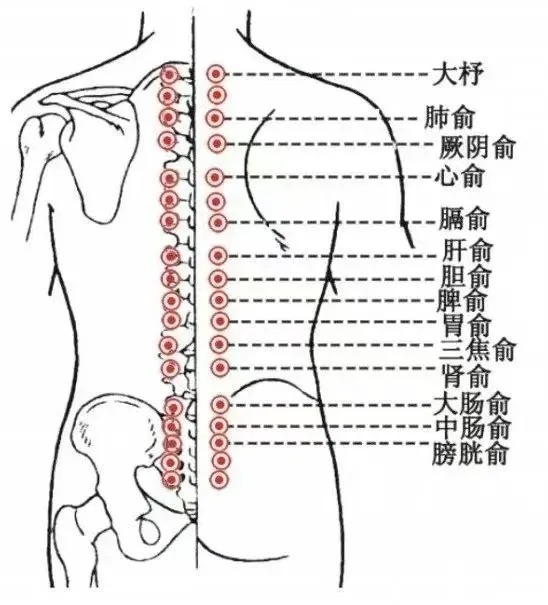
Image source: China TCM News - Health Preservation China
3.2 Cupping Therapy
Cupping therapy also treats rhinitis by stimulating acupoints, meridian and collateral to regulate qi and blood circulation.
The negative pressure generated can relieve muscle tension and promote blood circulation, usually targeting acpoints like the Feishu and Dazhui.
This therapy is particularly suitable for rhinitis patients who frequently catch colds or have weak constitutions.
3.3 Acupoint Massage
Gently massage Yingxiang, Bitong, and Yintang acpoints with two fingers, once in the morning and evening, for 5-10 minutes each session. This helps clear nasal passages, regulate qi and blood, and promote normal functioning of the lungs, spleen, and kidneys.
This method can be performed at home, but avoid excessive or overly forceful pressure.
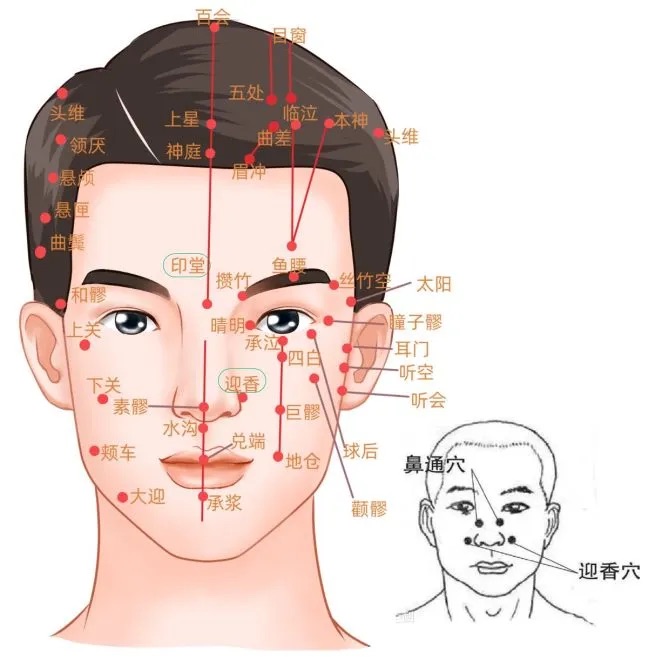
Finally, always remember that even as winter ends, keeping warm is essential.
For rhinitis patients, being exposed to cold in spring can easily lead to nasal congestion and runny noses. Therefore, paying attention to warmth and preventing colds is an important self-care method to prevent the onset of rhinitis.



